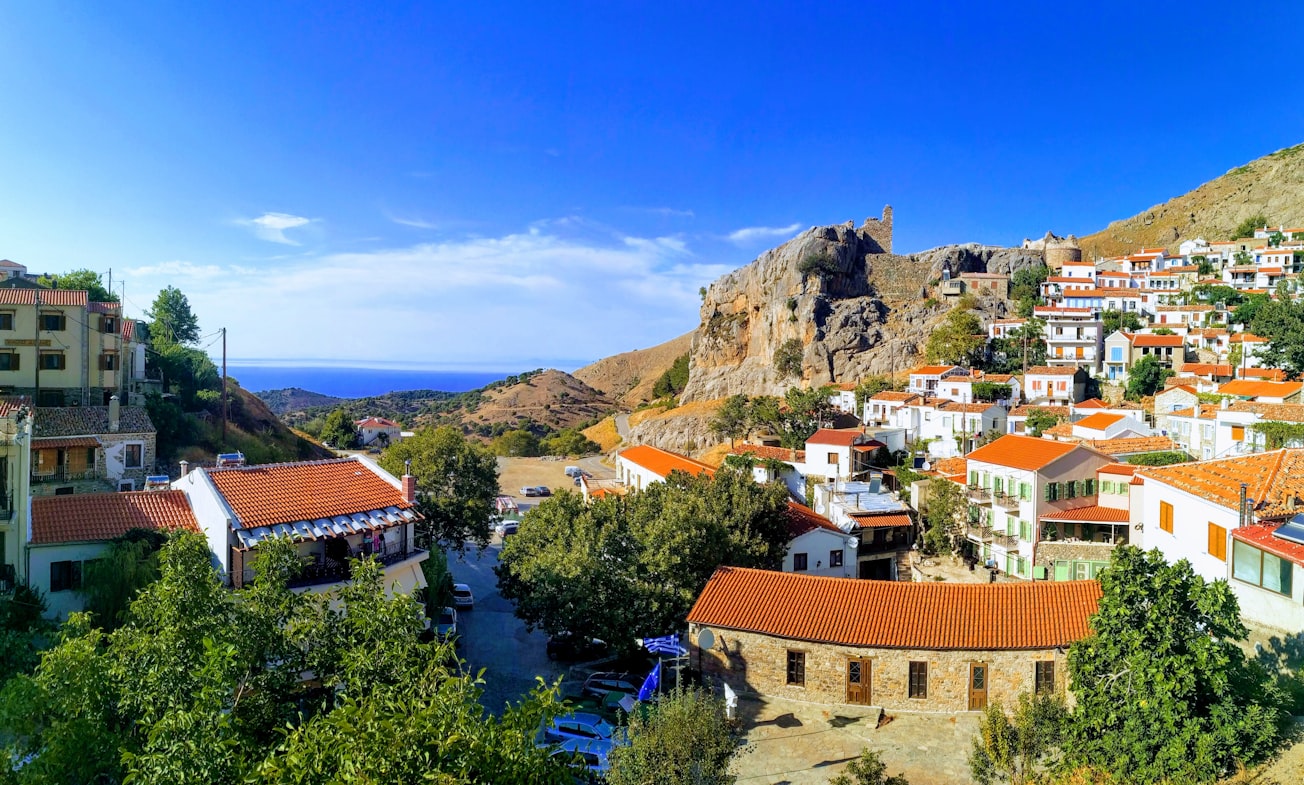What is it about?
Their geomorphological characteristics make island systems special focal points for sustainability challenges. The Circular Economy (CE) Action Plan of the European Union foresees tailored solution sets for Europe's outermost regions and islands to tackle region-specific sustainability challenges. We address the question of how islands can achieve more sustainable resource use by utilizing the socioeconomic metabolism (SEM) framework to assess and explore CE strategies for the Greek island of Samothraki. For this purpose, we apply material and energy flow analysis on a regional level and derive, as one of the first studies, a complete time series from 1929 to 2019 for socioeconomic biophysical stocks and flows according to mass-balance principles for an island economy. Results show that in the past 90 years Samothraki's material stocks grew fivefold, domestic material consumption threefold, and solid waste generation fivefold. Samothraki transitioned from an almost entirely circular biophysical economy toward one in which 40% of input materials and 30% of output materials are estimated as non-circular. This transition resulted in an accumulated solid waste stock on the island almost half the size of current material stocks in use. With this study we aim at providing ideas and opportunities for achieving more sustainable and circular material use on small islands. The published SEM database aims at supporting the public and the private sector and the island community at large with information key to establishing more sustainable material and energy use patterns on Samothraki.
Featured Image

Photo by Marianna Stylianou on Unsplash
Read the Original
This page is a summary of: The sociometabolic transition of a small Greek island: Assessing stock dynamics, resource flows, and material circularity from 1929 to 2019, Journal of Industrial Ecology, October 2021, Wiley,
DOI: 10.1111/jiec.13206.
You can read the full text:
Resources
Contributors
The following have contributed to this page







